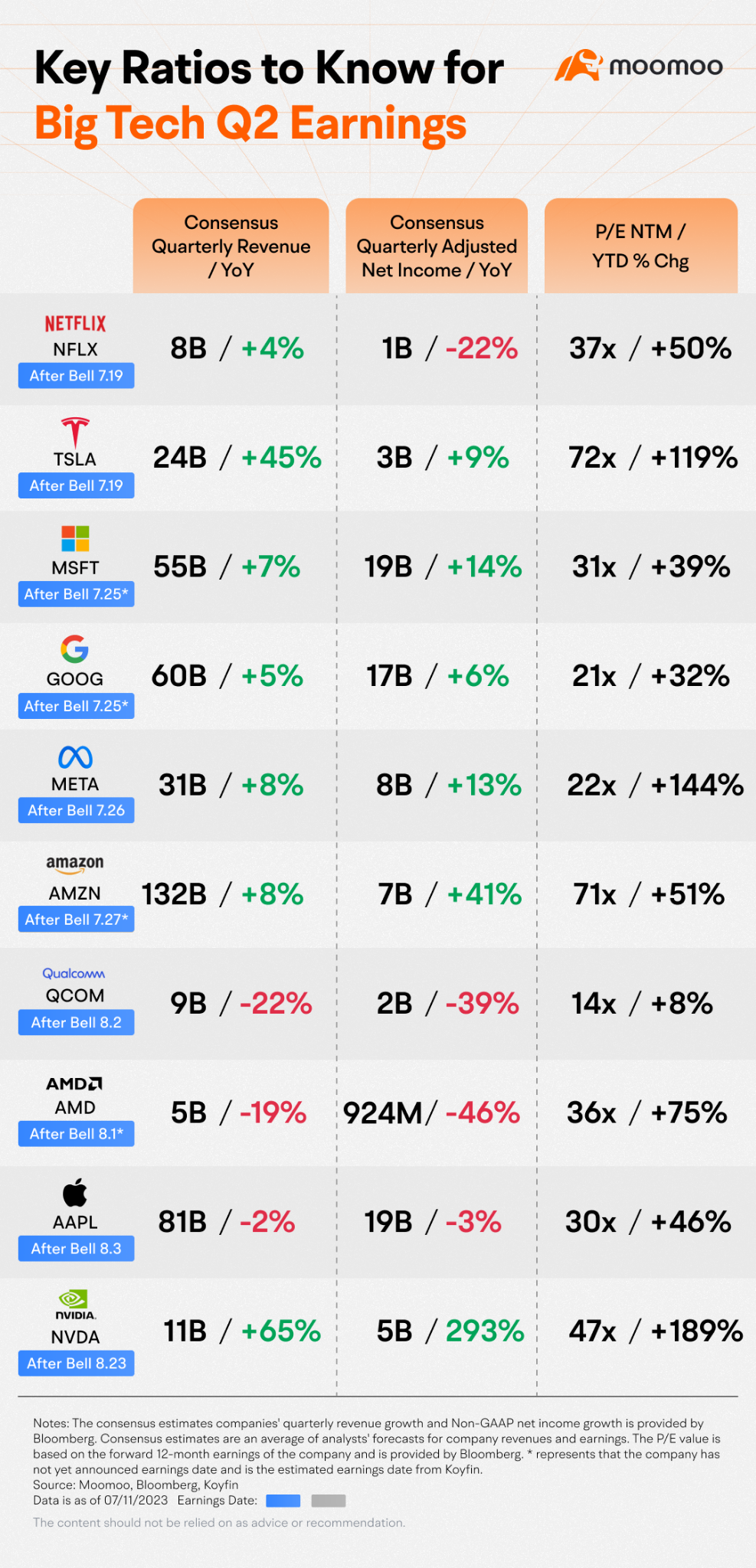Flaw in P/E Ratio
The flaw with the P/E ratio though is that it ignores a company's future growth, which is often the most important factor in determining its value. Tesla, for example, currently has a P/E ratio around 96, but it's expected to grow revenue by 59% this year, and earnings per share is forecast to jump 79% to $12.11, giving it a more reasonable forward P/E of almost 60.
PEG ratio better way to measure growth
The best way to measure both price-to-earnings and growth is with the PEG ratio, a favorite metric of famed hedge fund manager Peter Lynch... Since high P/E companies tend to have high growth rates, the PEG is a good way to compare valuations of both high- and low-growth stocks.
Tesla stock is still considered cheap
Lynch theorized that an accurately valued stock would trade at a PEG of 1, while a PEG over 1 would indicate the stock was overvalued, and a PEG under 1 would mean that it's undervalued... As P/E ratios have inflated, so has the PEG, and a PEG of 1 no longer seems like an accurate benchmark. At recent prices, Tesla trades at a moderate PEG of 1.66. That ratio actually makes the stock cheaper than the average stock on the Dow Jones Industrial Average, which has a PEG of 2.41.


